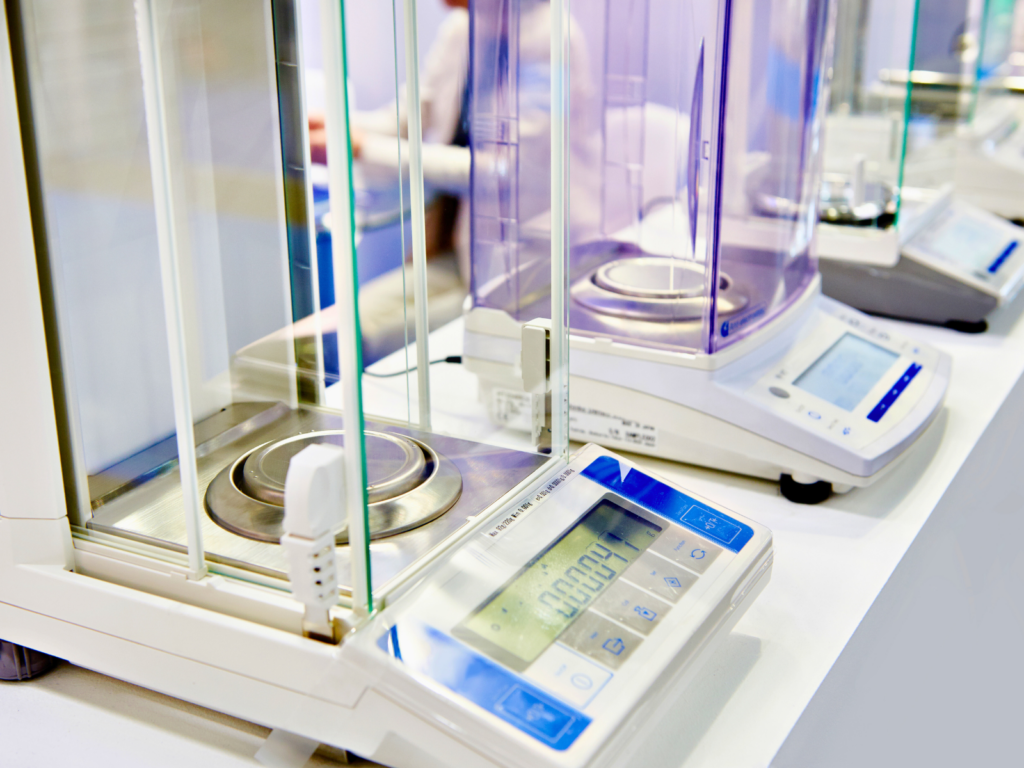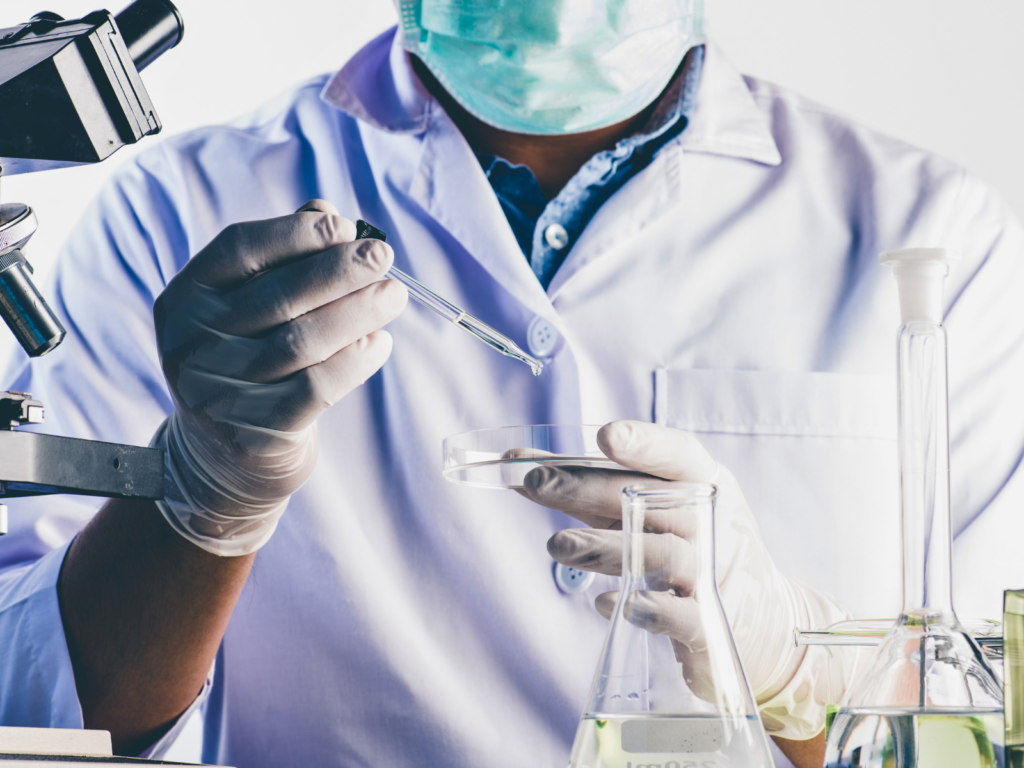Biological Safety Cabinets (BSC) provide laboratory and pharmaceutical personnel protection against biohazardous and infectious agents. Using a BSC under the proper operation guidelines can either contribute to preventing contamination of materials and keeping the operator safe of exposure to unwanted hazardous agents.
However, the degree to which these cabinets provide protection will vary depending on several external factors, such as the operator’s proper usage, handling, technique, and adequate maintenance of the unit.
Safety Guidelines
Using the following tips and reminders will help to maintain the protective air barrier created by the biosafety cabinet, thereby protecting both the Operator as well as the research materials and product.
Use the Cabinet Only as Intended
- Correctly label the biosafety cabinet being used. Proper labeling for biohazardous materials is critical to maintaining a safety environment surrounding the unit.
- Abstain from using the top of the cabinet as storage. Doing so can damage the HEPA filter or any other crucial components.
- Avoid overcrowding the workspace inside the biosafety cabinet
Since there are different types of cabinets, it is essential to know which type best suits the application that is needed. For example, Laminar Flow Cabinets do not provide user protection, and should not be used when dealing with biohazards
Precautions Should Be Taken Before Using Biosafety Cabinets
- the last six to twelve months
- Ensure that you are wearing all appropriate Personal Protective Equipment.
- Operate the cabinet blowers for at least five minutes before you start working
- Turn on the cabinet’s illumination lights
- Clean and disinfect the biosafety cabinet before beginning work
- Set the sash height according to the manufacturer’s guidelines (8” to 10”)
- Adjust stool height so that your face is above the front opening
- Close the drain valve located under the work surface before you start working. This will ensure contaminated materials remain contained within the cabinet during a spill
- Make sure to place all working materials as far back in the cabinet as possible and away from the front grille of the cabinet
Correct Operation Procedures
- Only trained and authorized personnel should use the biosafety cabinet
- Be sure to have appropriate access control provisions installed
- Never operate the cabinet if any alarms are activated
- Always turn off the ultraviolet light in your unit when working.
- Reduce airflow disruption by working in a controlled and steady manner and avoid excessive movement into and out of your BSC
- Take care not to block the front grill and rear vents of the BSC with your arms or other materials, as this can compromise airflow integrity and cause cross-contamination
- Make sure you always work at least 4 inches from the inside edge of the front vent
- Never use a Bunsen burner or other continuous flame devices. Instead, use safer sterilization methods such as small electric furnaces, pre-sterilized loops, or touch-plate micro burners with a pilot light
- Be mindful of fire hazards associated with vaporized isopropanol disinfectants and ethanol
Correct Shut-Down Protocols
- Decontaminate and remove materials and equipment from the interior work area at the end of your shift
- Use an appropriate disinfectant to decontaminate all accessible interior surfaces
- If your cabinet comes equipped with an ultraviolet sterilizer, make sure to turn it on
- Allow at least five minutes of operation after you finish working to purge the system
- Turn off the blower

Selecting the best unit for your needs and having it installed and properly maintained by a professional are the first steps to ensuring the proper use of our biosafety cabinet.
The Allometrics team can assist you in choosing the right biosafety cabinet for your requirements. We are a proud distributor of various brands of biosafety cabinets and provide installation and certification services to ensure the safety of workers and products.
For more information on our biosafety cabinet models, our capabilities, or to schedule your next BSC certification appointment, please contact us.






